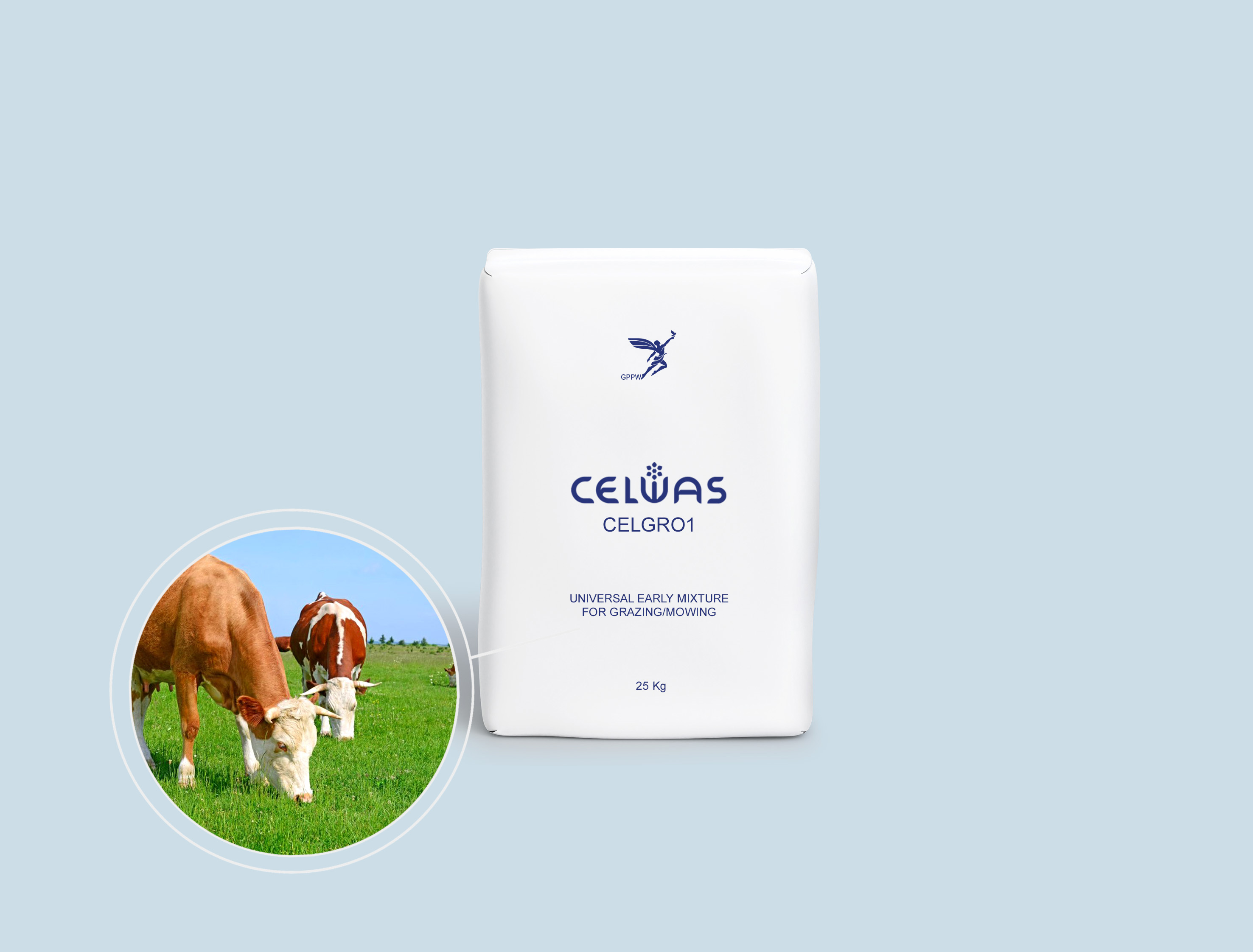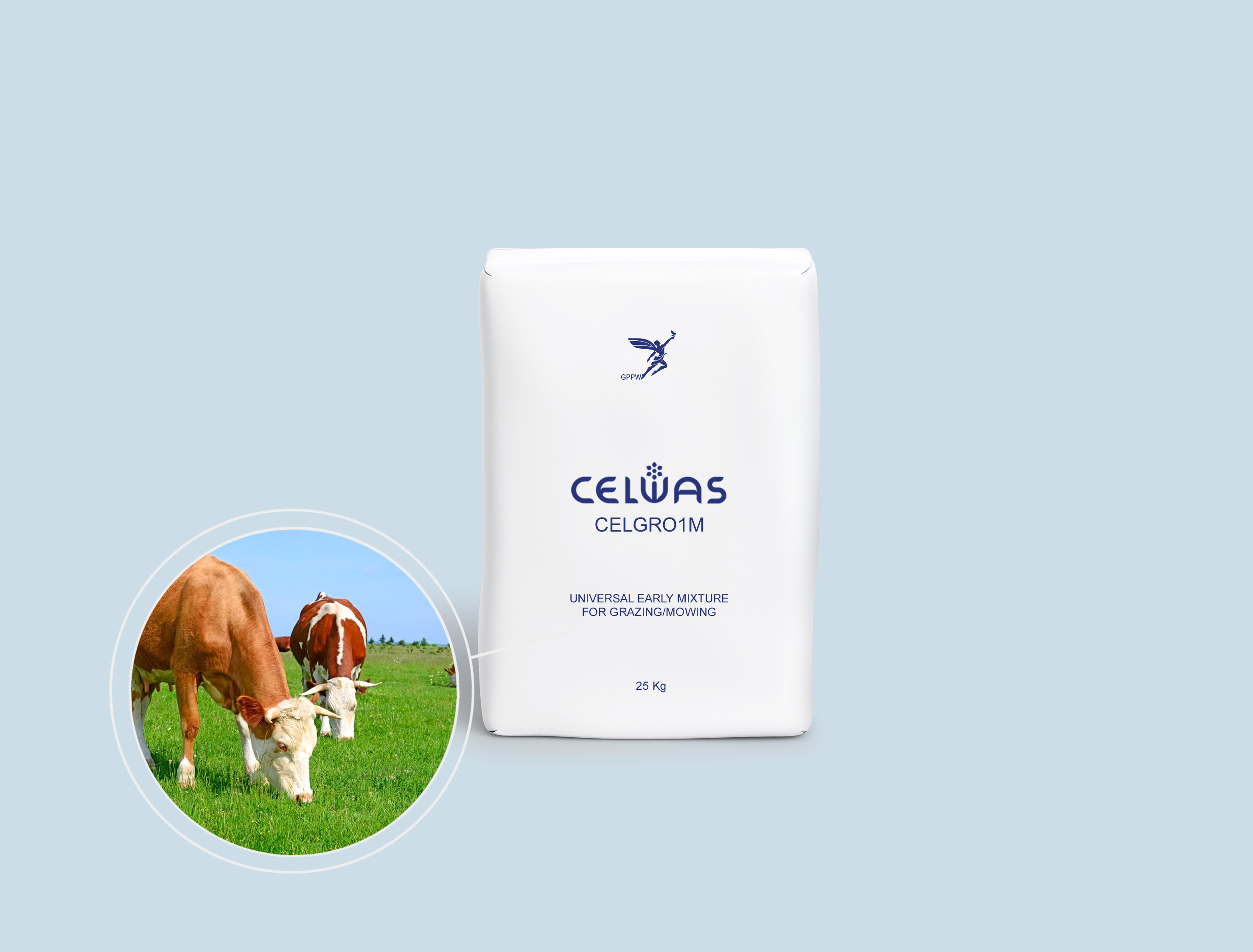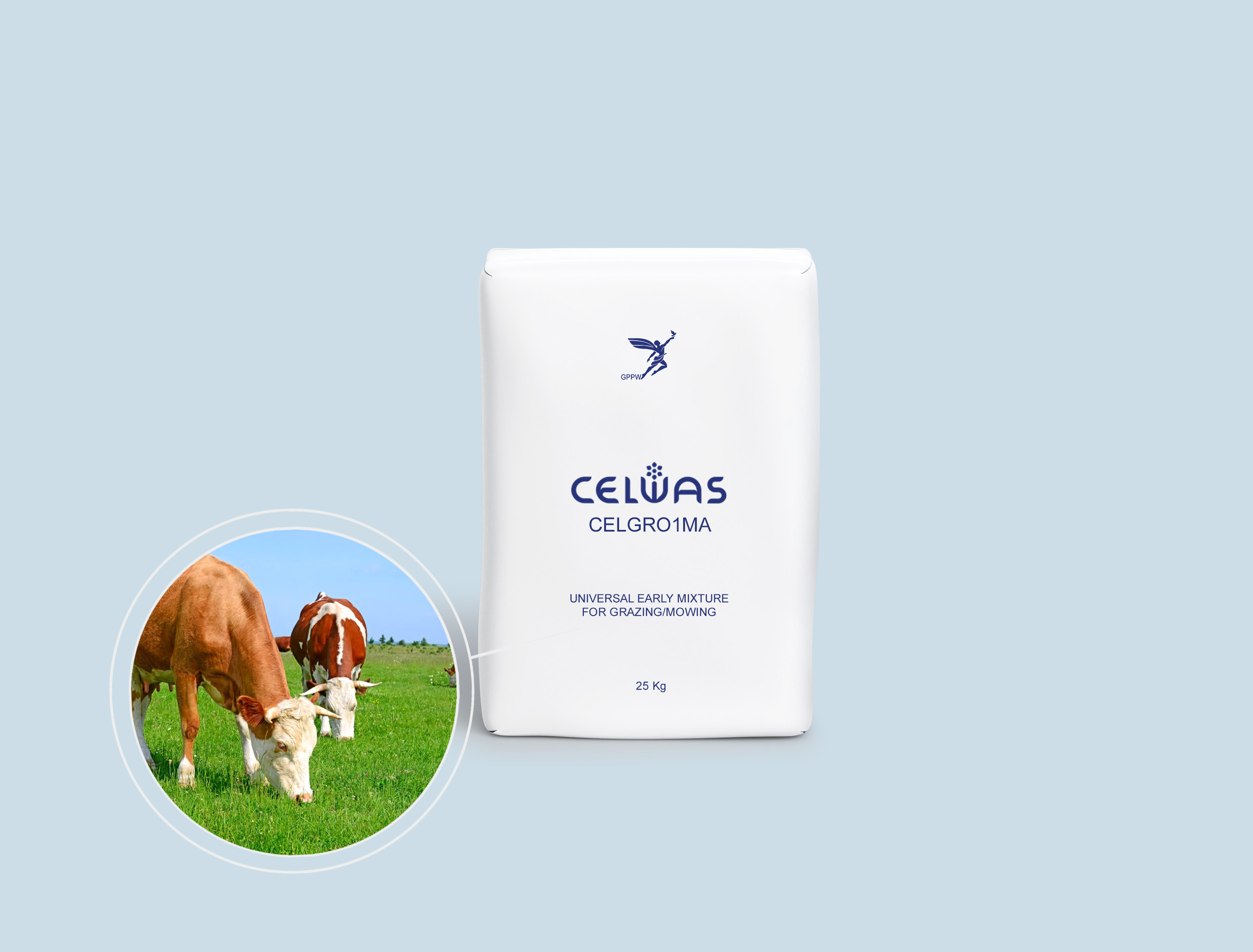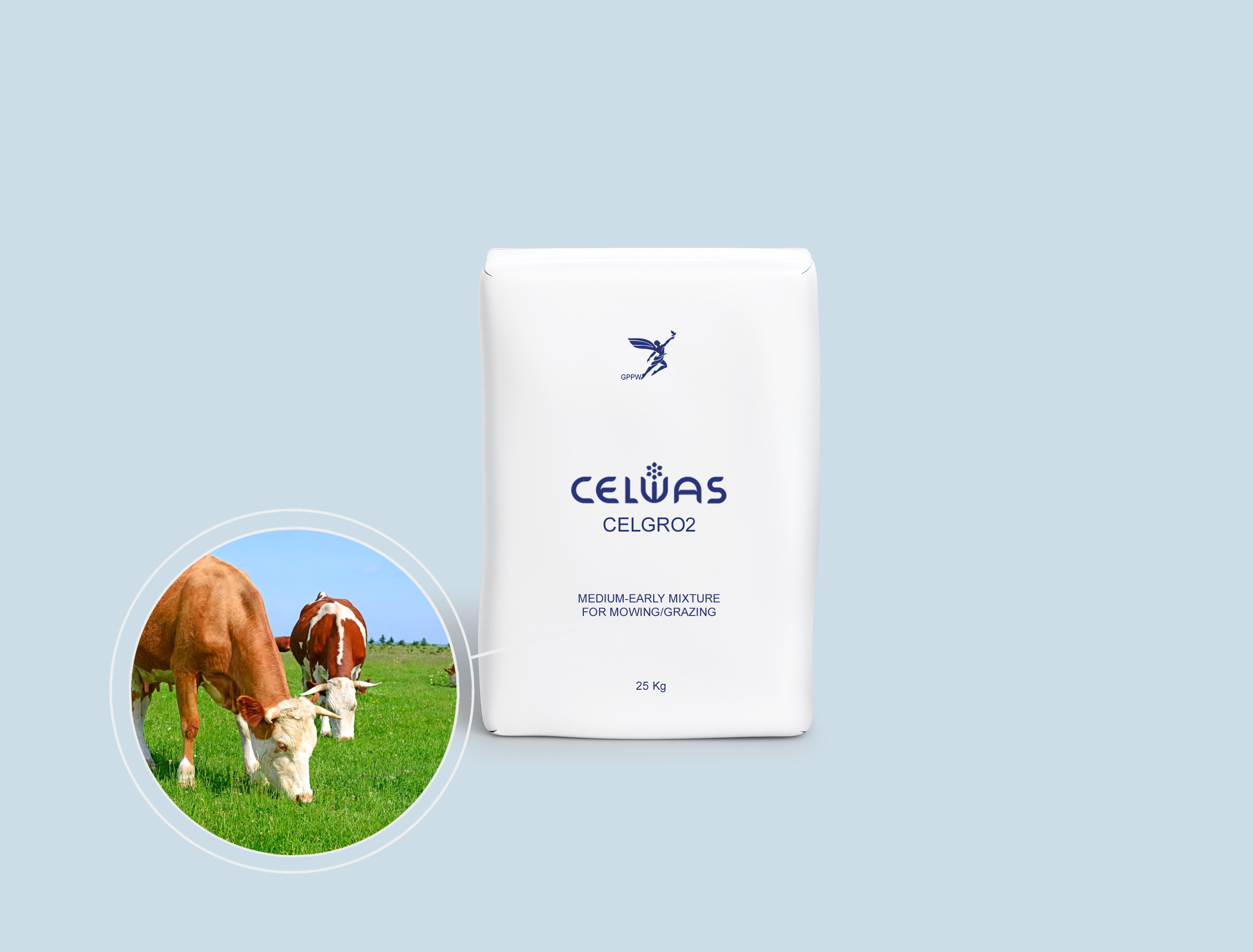
CELGATO
WINTER CEREALS / WINTER RAPESEEDS
Brassica rapa L. ssp. Oleifera
A variety of winter rapeseed with particularly high stable yield potential, winter-hardy, resistant to dormancy, excellent disease resistance
Vegetation period - 320-340 days
The average yield is 3.3 t/ha
Harvest potential - 4.8 t/ha
The yield depends mainly on overwintering
Resistance to winter conditions is very good
The length of the stem is 155 cm
Stem leaves cover 1/3-2/3 of the stem (up to 1/3 of the entire plant)
Leaf rosette and lower stem leaves are medium/pale green, covered with small hairs and a waxy bluish upper layer
Resistance to dormancy is good, and this allows you to delay harvesting for a few days
Good/very good disease and pest resistance
The seeds are reddish-brown
The weight of 1000 seeds are 2.3-2.7 g
Oil content - 48.2%
Protein content in seeds - 31.4%
The content of glucosinolates varies significantly - 4.3-15.1 mmol/g
There is no erucic acid in the seeds
There are no significant differences between the amino acid composition of canola seeds and the amino acid composition of canola
Under different growing conditions than those found in these studies, cultivar parameters may differ from those given here
OTHER IMPORTANT INFORMATION
Since the growth cone of winter rapeseed is below the soil surface, the plant has excellent resistance to low temperatures. Warmths in winter, stagnant water and ice can be dangerous, which can destroy the plant. It is important to select the field so that there is no stagnant water.
The most suitable soil is with a pH of 5.5-6.0, yields are low in acidic soils, they do not overwinter in peaty soils. The best sowing time is August 10-20. The stage of 8 true leaves is most suitable for wintering. The optimal sowing depth is 2 cm. Fast initial development (establishment), can control weeds. Even during the crop development period, winter rape requires less nitrogen than other oil crops. Autumn (complex) fertilization and spring fertilization with nitrogen are required. It is used in the rotation of cereal plants in crop rotation, it ripens early, it is perfectly combined with the crop harvesting schedule. The root system penetrates deep into the deep layers of the soil, helping to restore the capillary network.
SOWING RATE
Recommended sowing rate: 6-7 kg/ha
Other products in this category:

CELGRO1 fodder grasses and legumes

CELGRO1M fodder grasses and legumes

CELGRO1MA fodder grasses and legumes



